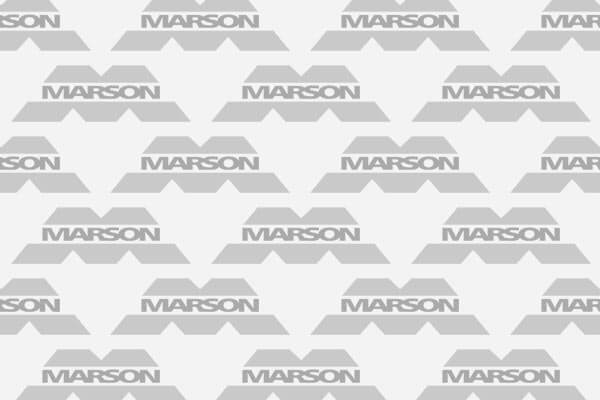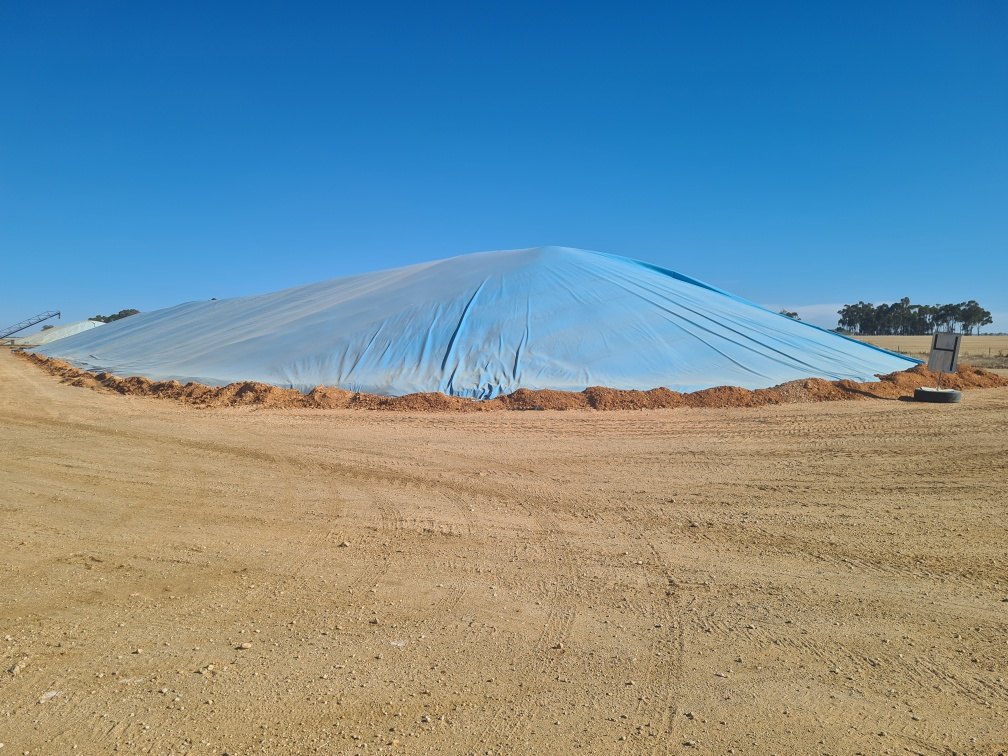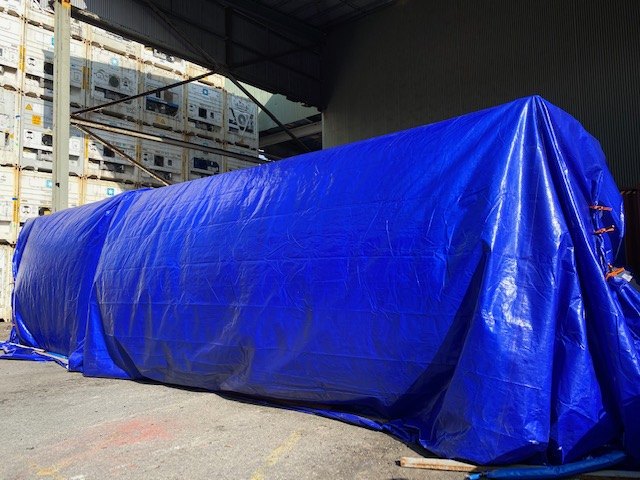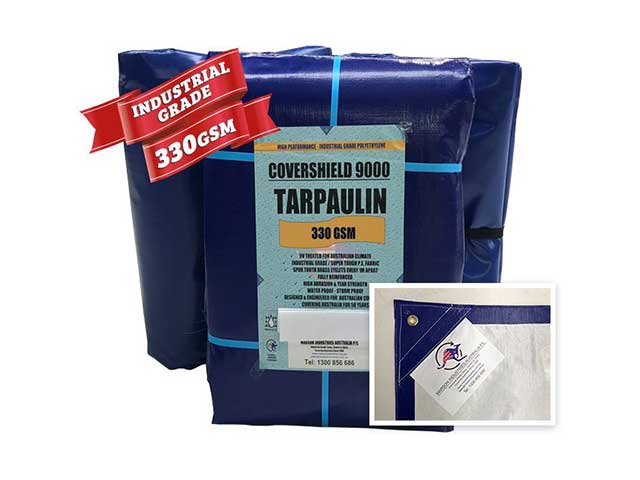Tarps, Covers & Liners. Industrial Textile Fabrication.

Matters of environmental protection are taking precedence in everything we do. In an unprecedented turn of events, concerns for the environment are also guiding how we conduct business.The main in all of this is to reduce the effects of our endeavors on the environment.
With this in mind, taking precautionary steps to ensure that we do not harm the environment is one of the best steps we can take. It is tremendously cheaper to prevent disasters than trying to remedy when it occurs. Precautionary steps also reduce the risk of environmental damage significantly.
Spill Containment Bund Kits And Environmental Protection
Using spill containment bunds has emerged as one of the most effective precautionary steps in protecting the environment. The very best spill containment bund kits are capable of protecting workers and their working environment and the general environment from spillage of liquid substances and the arising effects.
Their use also plays a major role in meeting environmental mandates set out by environmental agencies, thus ensuring that businesses meet what is demanded of them by law.
Other major benefits that come with using spill containment bunds include process isolation and product recovery. Most often, during spills, product worth a great deal is lost. Companies can protect themselves against this loss by initiating product recovery steps, with the use of spill containment bunds being one of the very best methods of achieving this.
Defining A Spill Containment Bund
A bund is any structure that is established with the sole purpose of containing liquid materials from spreading in the event of a spillage caused by vessel/container failures. Going by this definition, the bund structure should be made of impervious materials, thus ensuring that the spilled liquid is truly contained within the embankments of the bund.
The best spill containment bund kits usually contain the following characteristics:
- 1. Impervious floor or floor structure that prevents the flow of liquids into the ground.
- 2. Impervious embankments making up the bund walls.
- 3. A drainage mechanism to drain collected liquid in the event of a main vessel/container failure.
Choosing A Spill Containment Bund Kit
There is no specific spill containment bund kit that is capable of meeting the needs of every organization in existence. By nature, businesses are different and engage in different businesses. This is to mean the challenges faced by businesses vary tremendously.
In the absence of a one kit-fit-all-situations, the best alternative is to guide businesses on how to choose the best kits that suit them and the kits best suited to serve their needs. This entails understanding the various aspects of the bunds including the different types of bunds in the market, the risk levels that businesses are exposed to, and the various facilities and their containment requirements.
The Types Of Bunds As A Determining Factor
There are generally two types of spill containment bunds that businesses can choose. These includes the temporary Bunds Kits and the permanent spill containment facilities. The permanent spill containment facilities are used in large facilities such as manufacturing plants that require the storage of a lot of liquids. However, since this article is interested in spill containment kits, we should focus on the different kits that are found within the temporary segments.
Temporary spill containment kits are designed to offer containment solution on a temporary basis. The variety of bunds is enormous, and their differentiation is based on the materials used to make the bunds and the design of the containment bund. They include:
1. Collapsible Spill Containment Bund ñ These bunds plastic casing (the floor and the side walls are made of flexible plastic or flexible vinyl-coated polyester materials) that is held in place with rigid fittings. The fitting may be made of a metal or hard plastic.
These kits usually have a high capacity when compared to other temporary storage kits. The kits are also easy to assemble in a short time-span. They can also stay in place for long periods of time.
2. Inflatable Walls Spill Containment Bund ñ These kits have a characteristic inflatable side wall. The containment bundís side wall are made of air-tight polyesters, thus are able of maintaining the shape for long periods of time. One advantage of this system is that it allows vehicular access to the band all through, with the need to dismantle the side walls.
Although there are other designs, the two above are the most popular and most commonly used.
The Risk Level As Determining Factor
The other important guiding factor to always have in mind is the level of risk involved. There are a few ways of determining the risk level. They include:
- Understanding the types of liquid stored. Are they corrosive? What is the density of the liquid? More importantly, are they harmful to the environment?
- The time-span of temporary storage.
- The amount of liquid involved. (By law, the spill containment bunds need to have the capacity to hold a specific amount of the stored liquid.)
The Facilities Involved As Determining Factor
Different facilities have different needs. For instance, a plant storing oil has different spill containment needs from a plant storing corrosive chemicals. The differences in needs are also apparent in pesticide plants.
With this three main determining factor in mind, businesses are able to determine their containment needs and go for the best spill containment bund kits, that will serve their needs and is value for money.
Share this post



